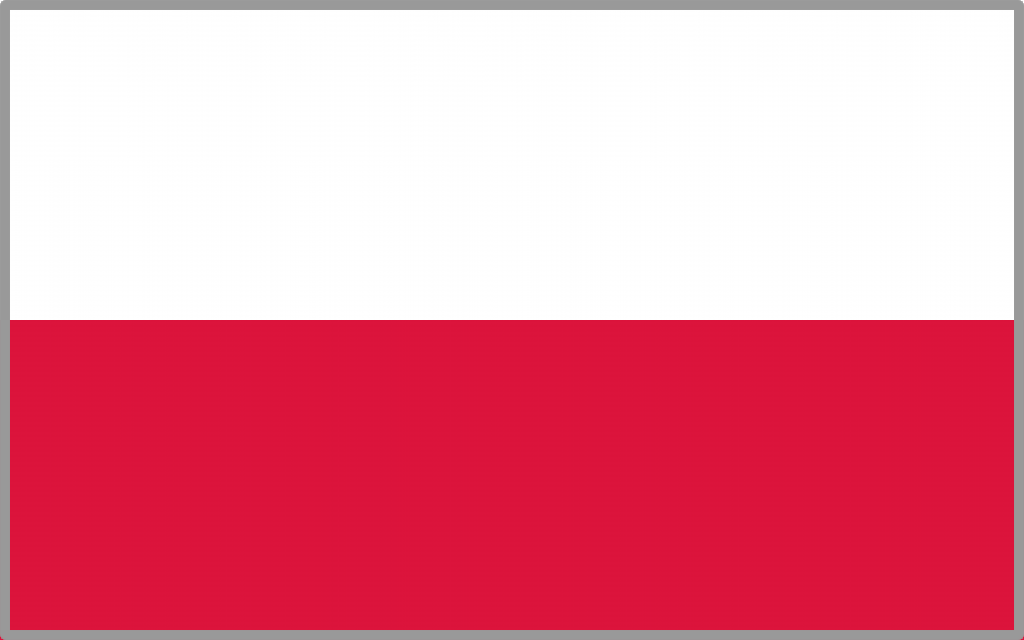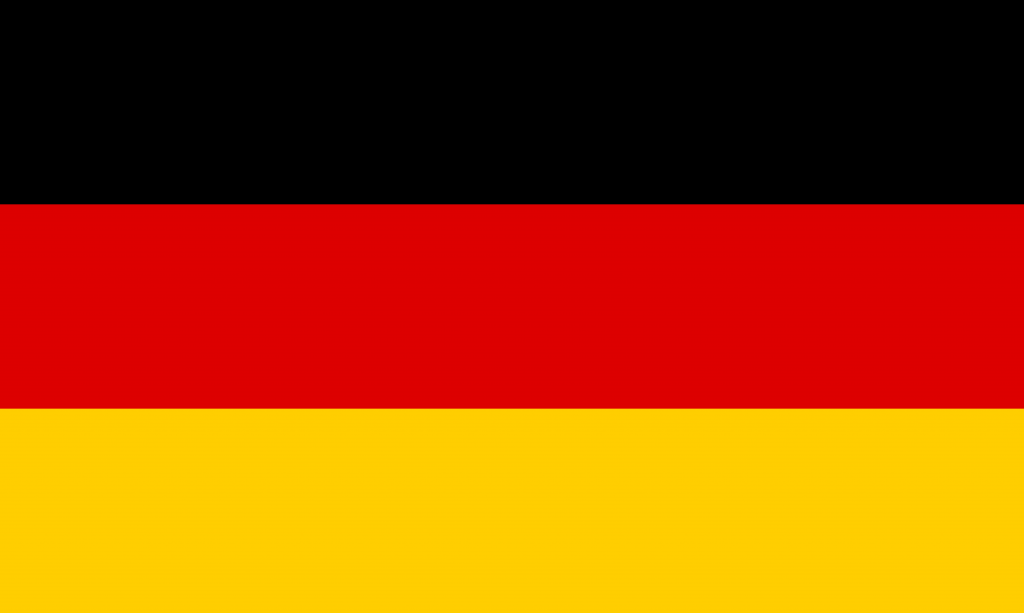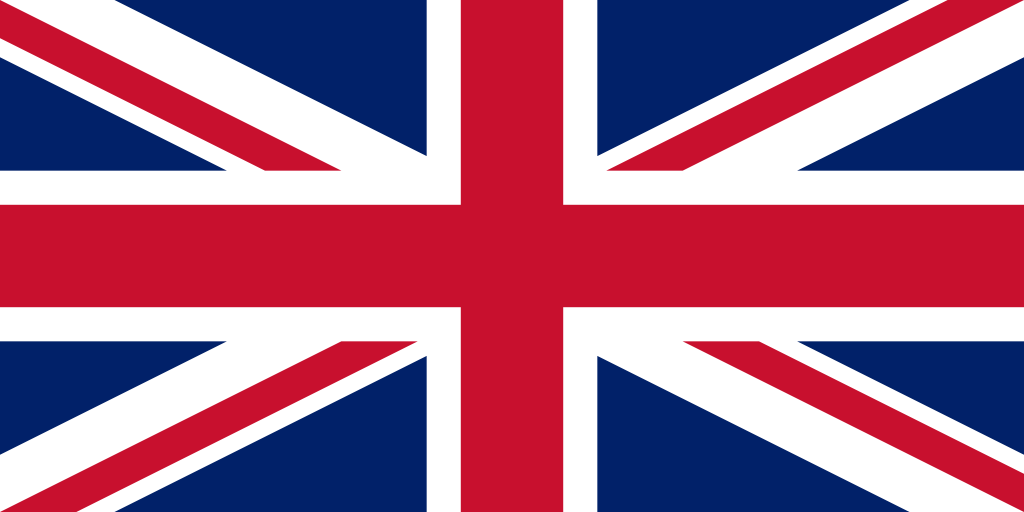Typography is not just font selection. It’s an art that significantly affects how your printed materials are received. If you’re running a business, designing a book, creating brochures or flyers, the right one can be the key to success. In this article, we’ll show you how typography shapes the perception of your content and what design decisions really matter.
1. Typography vs. readability – why is it so important?
Readability is the foundation of any printed material. If the text is difficult to read, even the best graphic design will not save the message. Proper typography ensures that your content is readable both on screen and on paper. Remember that not every font is suitable for every project.
Printed materials, such as catalogs and flyers, require a large enough font that doesn’t tire the eyes. Spacing between letters and lines of text is also key. Well-planned typography ensures that the reader moves smoothly through the content, and that your message goes exactly where it should.
2. The influence of typography on the emotion and style of the material
Typography is not just a technical choice of font. Each font carries certain associations and emotions. For example, serif fonts, such as Times New Roman, are associated with elegance and tradition. In contrast, sans-serif fonts, such as Arial or Helvetica, seem more modern and minimalist.
For promotional materials or books, typography can emphasize the nature of the content. When designing a book, it’s worth considering what emotions you want your design to evoke. The right typography strengthens the message and builds a stronger relationship with the viewer.
3. Text hierarchy – how typography guides the reader’s eye
Text hierarchy is the way you organize information on a page to make it easy to understand. In this context, typography plays a key role. Headings, subheadings, paragraphs and lists must be well differentiated visually.
The use of larger, more prominent fonts in headings draws the reader’s attention and guides them through the content. On the other hand, smaller, more subdued typography in the main content provides a comfortable reading experience. If you’re designing a book, keep consistency in mind – all elements must work together harmoniously.
4. Technical aspects – what to pay attention to?
Last but not least are the technical details related to typography. When designing printed materials, it is important to keep in mind the correct font size, type spacing and margins. Each of these elements affects the final appearance of the project.
Good practices also include choosing the right colors and contrasts. For example, light text on a dark background may be more difficult to read in print. Therefore, always test your design before final printing. It is at the testing stage that you can see how it looks in reality.
Summary
Typography is a powerful tool that can take your printed materials to the next level. By taking care of the readability, emotion, hierarchy and technical aspects of the design, you can be sure that your content will be received the way you planned. Designing a book or flyer is an art that requires attention and precision. If you need support in this area, contact us. We will be happy to help you create a design that will delight your audience.





